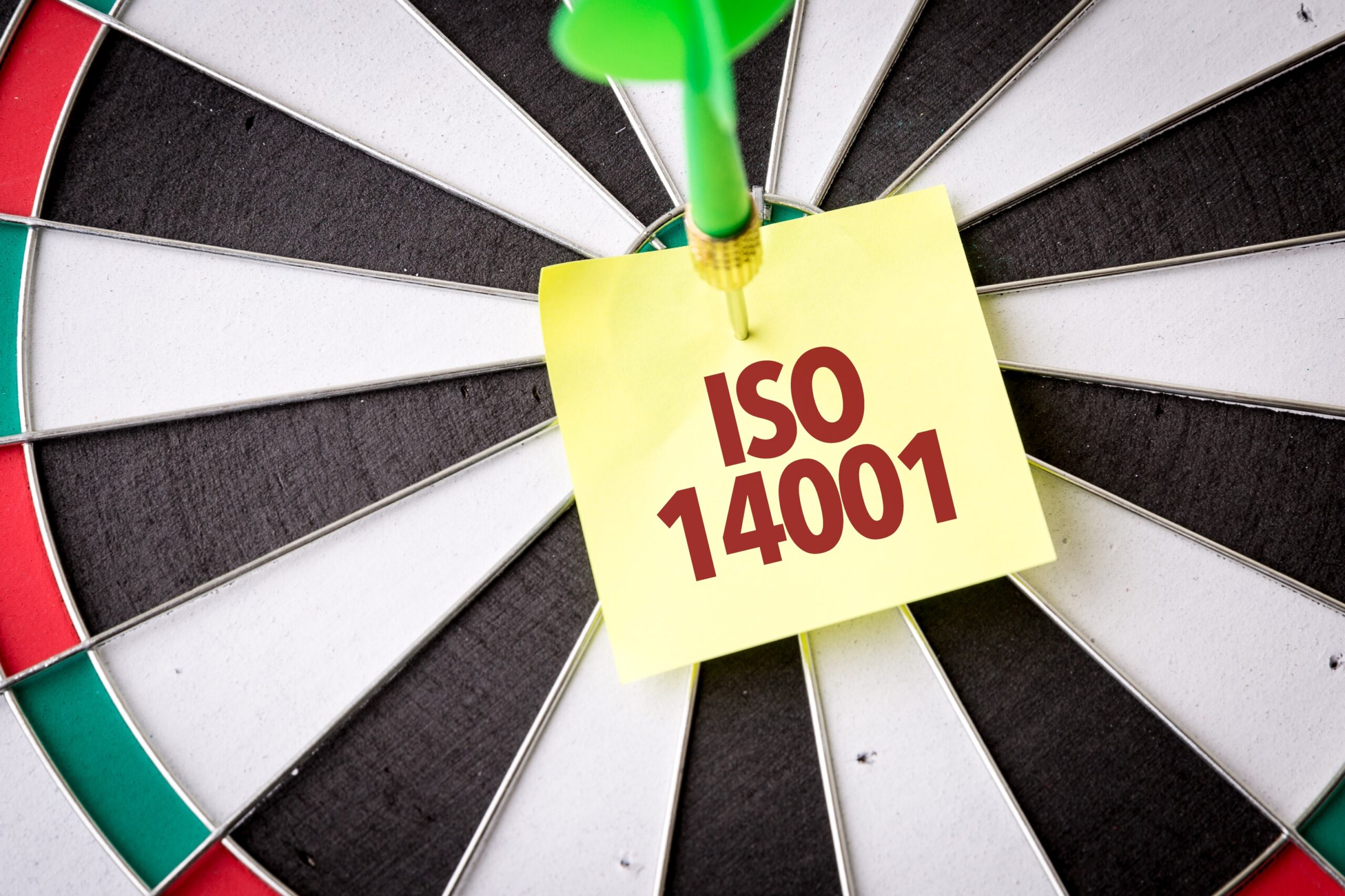ISO 14001:2015 Revision: What You Should Know to Stay Competitive
One of the ways businesses gain an advantage over their competitors is by staying on top of new standards — particularly when it comes to environmental management. Early adopters are able to capitalize on market opportunities — simply because they can use resources more efficiently, eliminate unnecessary waste, and earn the trust of their suppliers and customers. It should come as no surprise, then, that the number of ISO 14001 certifications has grown by 70% since 2004. Today’s post covers what you need to know about the new ISO 14001:2015 revision. We also cover its benefits to your company and how to get started.
First, a snapshot of ISO 14001:2015:
ISO 14001 is an international standard that outlines requirements for an environmental management system. The new ISO 14001:2015 revision offers a framework that encourages businesses to put sustainability at the center of what you do.
Key improvements include:
- Conforming to the Plan > Do > Check > Act structure implemented across other ISO standards
- Ensuring that environmental issues were addressed in strategic planning
- Considering the entire lifecycle of a product
- Communicating transparently with suppliers and customers
- Increasing the focus on sustainability
- Making leadership accountable for environmental initiatives
- Moving from paper to digital documentation
Why was the ISO 14001 standard revised?
Every 5 years, the ISO standards undergo a review to determine if they need any changes. ISO decided to revise the 14001 standard in response to growing challenges and legal requirements around sustainable resource use and climate change mitigation. The structure of the standard now fits with the structure of other management system standards like ISO 9001.
What are the benefits of the revised ISO 14001:2015 standard?
While we’ve noticed every one of these benefits in our interactions with clients, we didn’t rely on our own observations for this post. Instead, we listened in on what businesses are saying about it.
Users of ISO 14001:2015 say that the new standard:
- Positions you as an industry leader
- Reduces your environmental impact
- Helps you gain sustainability credentials
- Builds trust with customers by communicating your environmental efforts
- Motivates employees by showing that they’re working towards a better, more environmentally friendly future
- Encourage suppliers to improve their environmental performance, too
- Boosts your bottom line by reducing insurance rates, eliminating waste, and bumping stock performance
- Makes compliance with contract and regulatory requirements easier
While the benefits of ISO 14001 certification are obvious, you may be overwhelmed wondering how to actually get started.
How to get started with ISO 14001:2015?
ISO 14001 is a framework, not a rule book, so you’ll have lots of options in how you decide to implement it.
On the flip side, there are no set rules to adopt or checklist to follow.
That’s where an Environmental Management Information System (EMIS) comes in. An EMIS can help you automate day-to-day tracking tasks and save you time as you transition to the new standard:
- Automated audits and inspections: You can set up any set of questions to ensure efficient capture of the right information.
- Intuitive mobile apps: Involve more employees at all levels and capture information accurately, even in remote locations
- Automated notifications: Inform need-to-know staff for timely action to mitigate risk
- Numeric scoring of assessment elements: Get quantitative metrics to compare and measure across your enterprise
- Integrated corrective and preventative actions: Reduce future risk
- Dynamic dashboard analytics: Provide management transparency of key metrics
Want to learn more about the new ISO 14001:2015 revision?
Next, check out our guide to ISO 14001 environmental management for an overview of the standard, certification, requirements, and FAQs.
And don’t forget to download our free ISO 14001 implementation checklist by filling out the form below:
